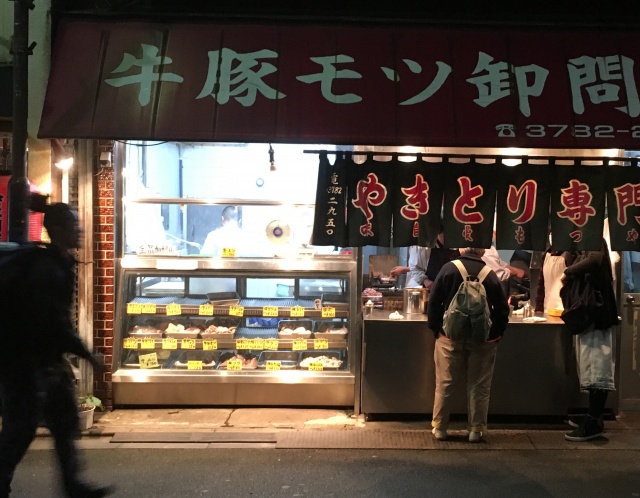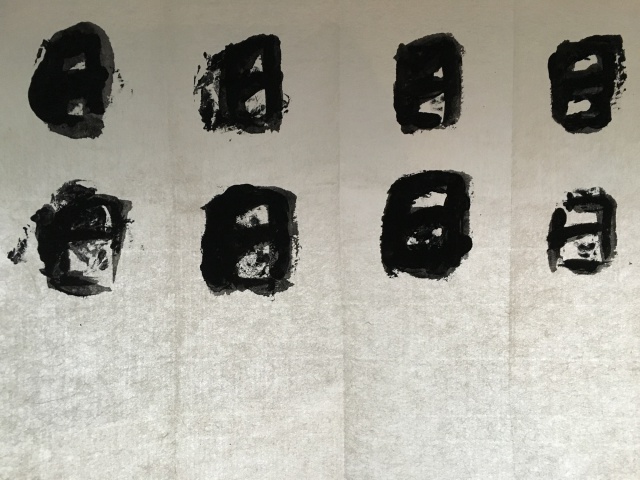vol.
015
DECEMBER
2016
vol.015 / Tokyo Transitions
Passing days, days passing
Text, calligraphy and photograph by Kasetsu

The town where I was born and raised had a keirin (bicycle) racetrack.
If you went down the street in front of our house you immediately came to the railroad. To the right was the ticket gate for the private railway station, and the market. In the evening after a race, the station and the market were crowded with men on their way home from the keirin, drinking cheap One Cup sake.
As an elementary school student I used to come to the market on errands. I would quickly finish the shopping and hurry home, careful not to tread on the betting tickets scattered over the path. Near the barber’s shop I knew, there was a “snack” bar with a purple sign to the side of its wooden door. In the evening, the door would be slightly ajar. I felt strangely happy to catch the dull glint of the mirror ball in the darkness. That was over 30 years ago.
Eleven years have passed since I left that town and came to live in Tokyo.
In the shopping street near my apartment there used to be a cluster of bars and eateries called Ryueru, which had been going since post-war black market times.
In the evening, my partner and I would make our way to an offal shop outside of the Ryueru area with 1,500 yen apiece. We opened our cans of cheap low-malt beer drink bought at a convenience store on the way, munching on our 80 yen skewers of offal grilled in front of the shop. Meanwhile elementary school students would arrive, eat one skewer and go.
When we’d finished our drink we went into the alleys of Ryueru. Past a sushi shop, a “snack” bar and a Chinese restaurant, and round the corner of a southern French restaurant that was opposite a terrace decorated with the national flag of the Philippines, there was a stand-up bar. “What are you drinking?” the barman would always ask curtly. We would ask for a shochu sour, tell the barman what had caught our eye from the side dishes of the day, and put a 1,000 yen bill on the counter. For that we got a beer mug thumped down in front of us and some change. Whenever food we’d ordered came out, the amount of change would go down, and when it had all gone it was time to go home.
In the middle of this hustle and bustle, children with rucksacks on their backs suddenly came rushing into the alley. They left their rucksacks at the side of the door to a “snack” bar that hadn’t opened yet, and quickly disappeared somewhere. I was suddenly reminded of the irritated expressions, the squabbling voices and the red laughing faces of the men who used to drink One Cup sake at the market. The men and the mirror ball have all gone now.
As for Ryueru, it became a gigantic hole, ready for the construction of a high-rise residential building. Pillars recently went up in the middle of the hole. Sometimes I look at the big hole through the gaps in the wall around the construction site, and think about what has been swallowed up there.

Translation: Office Miyazaki, Inc.



